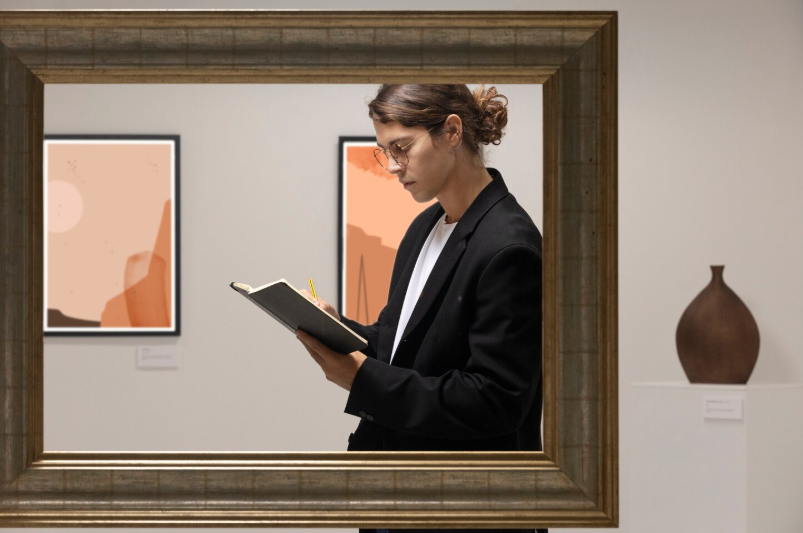A Guide to Europe’s Most Exclusive Art Galleries
Introduction: Why Seek Out Exclusive Galleries?
Europe’s art scene blends centuries of tradition with cutting-edge contemporary practice. For collectors, cultural directors, and serious travellers, exclusive galleries offer three things that public museums rarely provide: intimate encounters with exceptional works, direct dialogue with curators and artists, and access to private viewings and limited exhibitions. Whether you are cultivating a private collection, researching acquisitions, or simply looking for thoughtful inspiration, knowing how to approach these spaces—and which ones to prioritise—makes all the difference.
What Defines an “Exclusive” Gallery?
An exclusive gallery is not defined solely by its price tags. It combines a strong curatorial vision, a reputation for representing prominent or highly promising artists, a selective client base, and the ability to organise private appointments or off-hours viewings. Many of these galleries operate internationally with flagship spaces in London, Paris, and Zurich, and they often coordinate closely with major institutions, auction houses, and private collectors.
Top European Galleries to Know
Gagosian (Multiple Cities)
With spaces across Europe, Gagosian is synonymous with major contemporary artists and museum-quality exhibitions. The gallery’s program typically attracts international collectors and institutional loans, and its shows are reliable places to see canonical works in an intimate setting. Appointments and previews are advisable for notable openings.
Hauser & Wirth (Zurich, London)
Hauser & Wirth combines ambitious exhibitions with scholarly catalogues and public programming. Many of its spaces are architecturally impressive, and the galleries often host special events or private viewings for clients and patrons.
White Cube (London)
Known for launching and sustaining important contemporary careers, White Cube operates in a way that balances high visibility with collector services. When visiting, enquire about private tours to gain context from the curatorial team.
Fondation Louis Vuitton & Private Foundations (Paris)
Although technically foundations rather than commercial galleries, privately funded institutions like Fondation Louis Vuitton offer curated, exclusive experiences and often present large-scale shows that attract top-tier collectors and curators. These spaces reward repeat visits and deeper engagement.
David Zwirner & Other International Names
Galleries such as David Zwirner and Lisson are central to the international gallery circuit. They present carefully staged exhibitions and facilitate introductions for clients interested in institutional loans, commissions, or long-term acquisition planning.
How to Gain Access: Practical Strategies
Access is often a matter of relationships and preparation. Here are practical steps to secure meaningful visits and conversations:
- Book ahead: Many galleries require appointments—especially for private or off-hour viewings. Contact the gallery directly or work through a curator or advisor.
- Leverage introductions: Use professional contacts, art advisors, or institution liaisons to request introductions. A single thoughtful email from a respected peer can open doors.
- Attend previews and fairs: Major art fairs and VIP previews are efficient ways to encounter new work and meet gallery directors.
- Be specific: When you request a meeting, explain your interest (acquisition, research, commission, loan) so the gallery can prepare relevant works and information.
- Consider memberships: Some galleries and foundations offer patron or membership programs that include private viewings, dinners, and curatorial briefings.
What to Expect During a Private Viewing
Private viewings are tailored to your interests. Expect a focused walkthrough, a curator or director ready to discuss provenance and condition, and access to works that may not be on public display. Use this time to ask about conservation histories, exhibition trajectories, and potential loans. Take notes and request high-resolution images or condition reports if you are considering acquisition.
Collecting Intelligence: Research and Due Diligence
Exclusive galleries can facilitate research into an artwork’s exhibition history, provenance, and authenticity. Always request documentation and, if acquiring, secure independent conservation and valuation assessments. Working with a trusted advisor or legal counsel will streamline negotiations and protect your interests in cross-border purchases.
Etiquette and Respectful Conduct
Galleries invest substantial time and resources in their programs. Arrive punctually, dress professionally, and follow any photography or handling policies. If you intend to publish images or reproduce material, request permissions in advance. Maintaining a respectful and collegial relationship with gallery staff ensures smoother interactions in the future.
Conclusion: Curating Your European Art Experience
The value of visiting Europe’s exclusive galleries goes beyond the works you see: it is about building relationships, deepening knowledge, and participating in a living cultural conversation. Whether you are a director shaping institutional programming or a collector refining a private collection, a strategic approach—premeditated visits, thoughtful introductions, and careful due diligence—will enrich your engagement and ensure lasting returns on both intellectual and financial investment.



